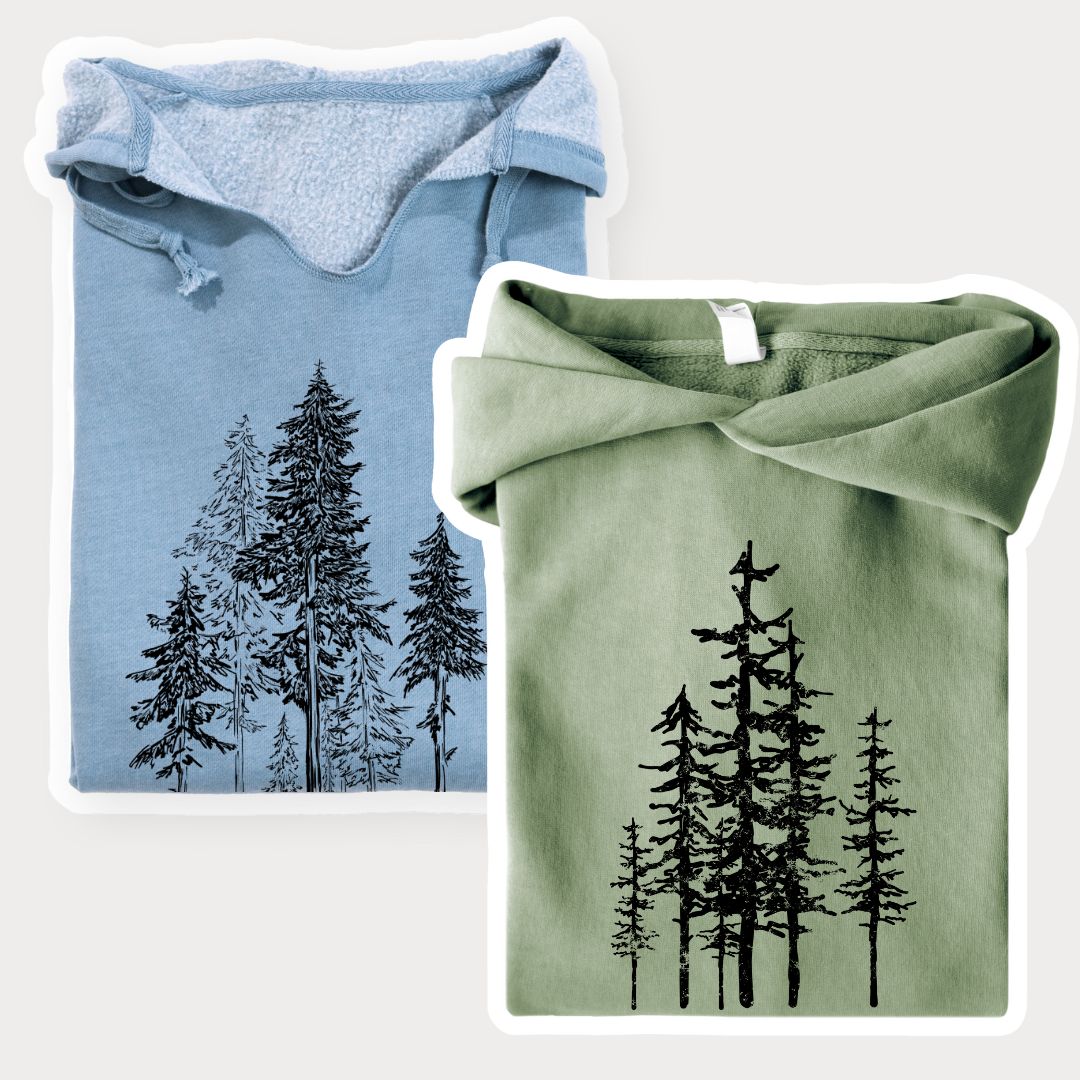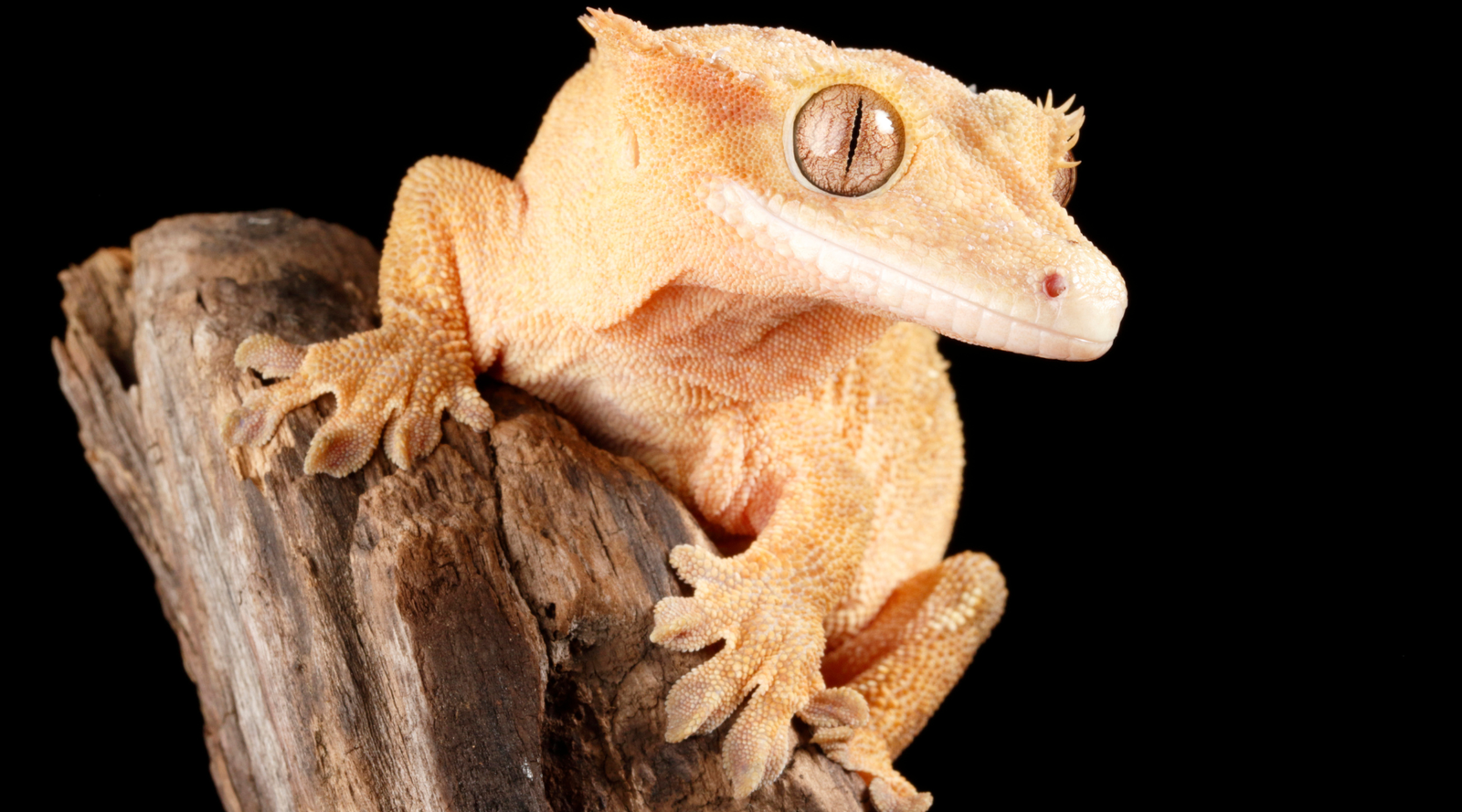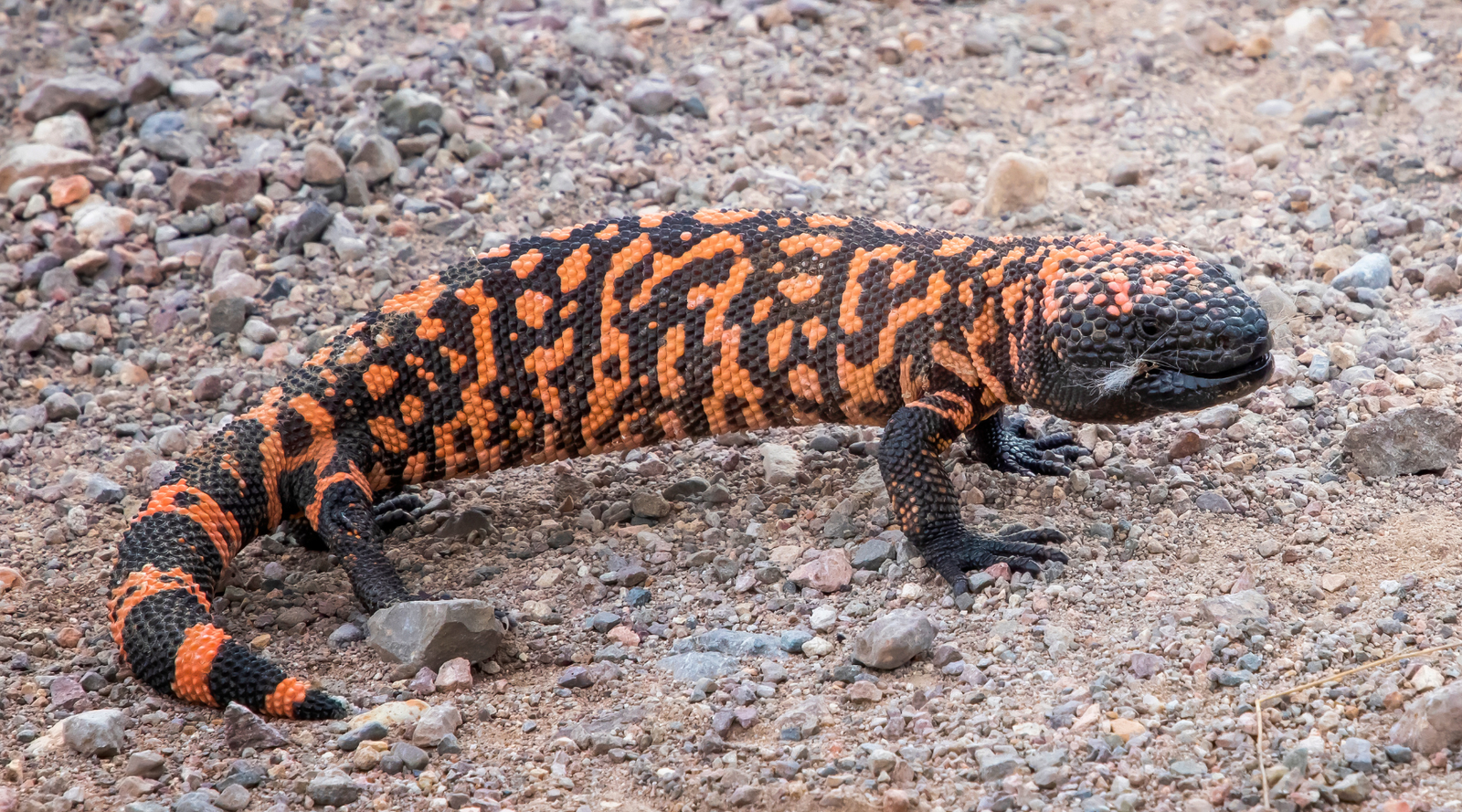Atlantic Horseshoe Crab: Nature's Timeless Wonder
In the vast expanse of the Atlantic Ocean lies a creature that has survived for millions of years,witnessing the ebb and flow of time like a silent guardian of the sea. The Atlantic horseshoe crab, Limulus polyphemus, is not just a remarkable marine species but also a living fossil with a fascinating story to tell. Let's dive into the world of the Atlantic horseshoe crab to explore its biology, ecological significance, and the unique role it plays in our ecosystem.

A Living Fossil
Dating back over 450 million years and pre-dating dinosaurs, the Atlantic horseshoe crab is often referred to as a "living fossil" due to its ancient lineage, similarly to goblin sharks. This remarkable creature has remained virtually unchanged for millions of years, serving as a living link to the distant past and providing scientists with valuable insights into the evolution of life on Earth.
Not a Crab!
Did you know that horseshoe crabs aren't actually crabs? In fact, they're related to spiders and scorpions. They belong to a distinct group of arthropods called Xiphosura.

Unique Anatomy
Their anatomy has changed fairly little during the time they've been in existence, which is pretty staggering.
One of the most distinctive features of the Atlantic horseshoe crab is its horseshoe-shaped carapace, which protects its soft body and gills. The tail is used to steer and flip themselves back over if they get overturned. Sensitive to light, it has a grand total of 10 eyes and the compound vision has been used to help scientists develop a greater understanding of human eyesight.
Additionally, horseshoe crab blood contains a unique compound called Limulus Amebocyte Lysate (LAL), which is used in the biomedical industry to test for bacterial contamination in medical devices and pharmaceuticals.
Ecological Importance
Beyond its evolutionary significance, the Atlantic horseshoe crab plays a crucial role in the marine ecosystem. Its eggs provide a vital source of food for shorebirds during their long migratory journeys, particularly red knots (Calidris canutus) which are listed as Near Threatened on the IUCN Red List, as well as being food for various fish species and loggerhead sea turtles. Adult horseshoe crabs as a food source for creatures such as sea turtles, sharks, and alligators.
The presence of horseshoe crabs helps to maintain the health and balance of coastal ecosystems.

Conservation Challenges
Despite its resilience and adaptability, the Atlantic horseshoe crab faces numerous threats to its survival, including habitat loss, pollution, and overharvesting for bait and biomedical purposes. Conservation efforts are underway to protect horseshoe crab populations and ensure their long-term survival. These efforts include habitat restoration projects, monitoring programs, and regulations to limit harvesting and ensure sustainable management of horseshoe crab populations.
As we marvel at the wonders of the Atlantic horseshoe crab, let's also reflect on the importance of preserving and protecting our natural world. By safeguarding species like the horseshoe crab, we not only honor their evolutionary legacy but also ensure the health and vitality of the ecosystems upon which we all depend. Wear our Atlantic horseshoe crab apparel to start a conversation about the wonders of our natural world.
















Leave a comment (all fields required)